There’s one factor thrilling about planting spring-blooming bulbs inside the autumn. The extended wait makes it that pretty additional thrilling when these leaves first break by the use of and attain for the picture voltaic. As regards to fame, tulips regularly rank close to one of the best of the report of spring-blooming bulbs.
Over bigger than 100 years, bigger than 1000 hybrids have made their debut, every one prettier than the final word. They lay declare to solely about each coloration contained in the rainbow and a great deal of petal kinds as a means to select from. Symbolic of fantastic love, Fosteriana tulips are a unbelievable flower to develop in your yard!
Tulipa fosteriana “Fosteriana Tulip” Overview
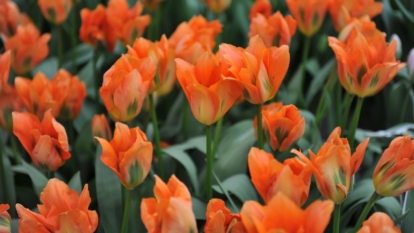

|
|
|
|
What Is It?
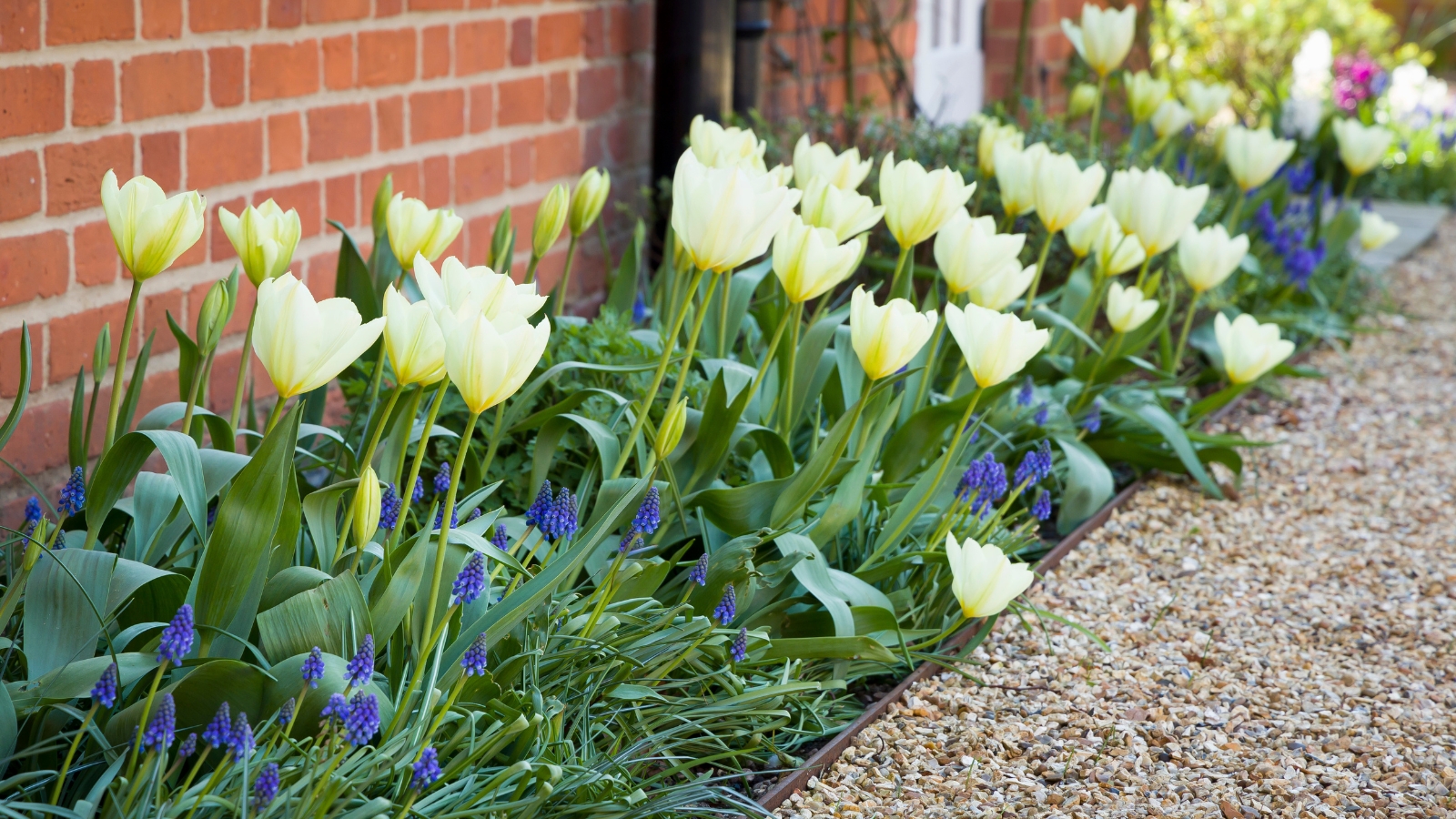

Fosteriana tulips are an early blooming kind. They’re among the many many many first to bloom in spring and in addition to among the many many many largest. Developed from a wild stress from Central Asia, these contained in the Emporer assortment are probably basically essentially the most well-known.
As tulips go, Fosterianas are sturdy and reliably perennial. Their stature makes them stand out amongst utterly totally different spring-blooming bulbs. They layer fantastically with sunny daffodils and sweet-smelling hyacinths, which regularly bloom on the identical time. Let’s take a additional in-depth try this spectacular species.
Traits
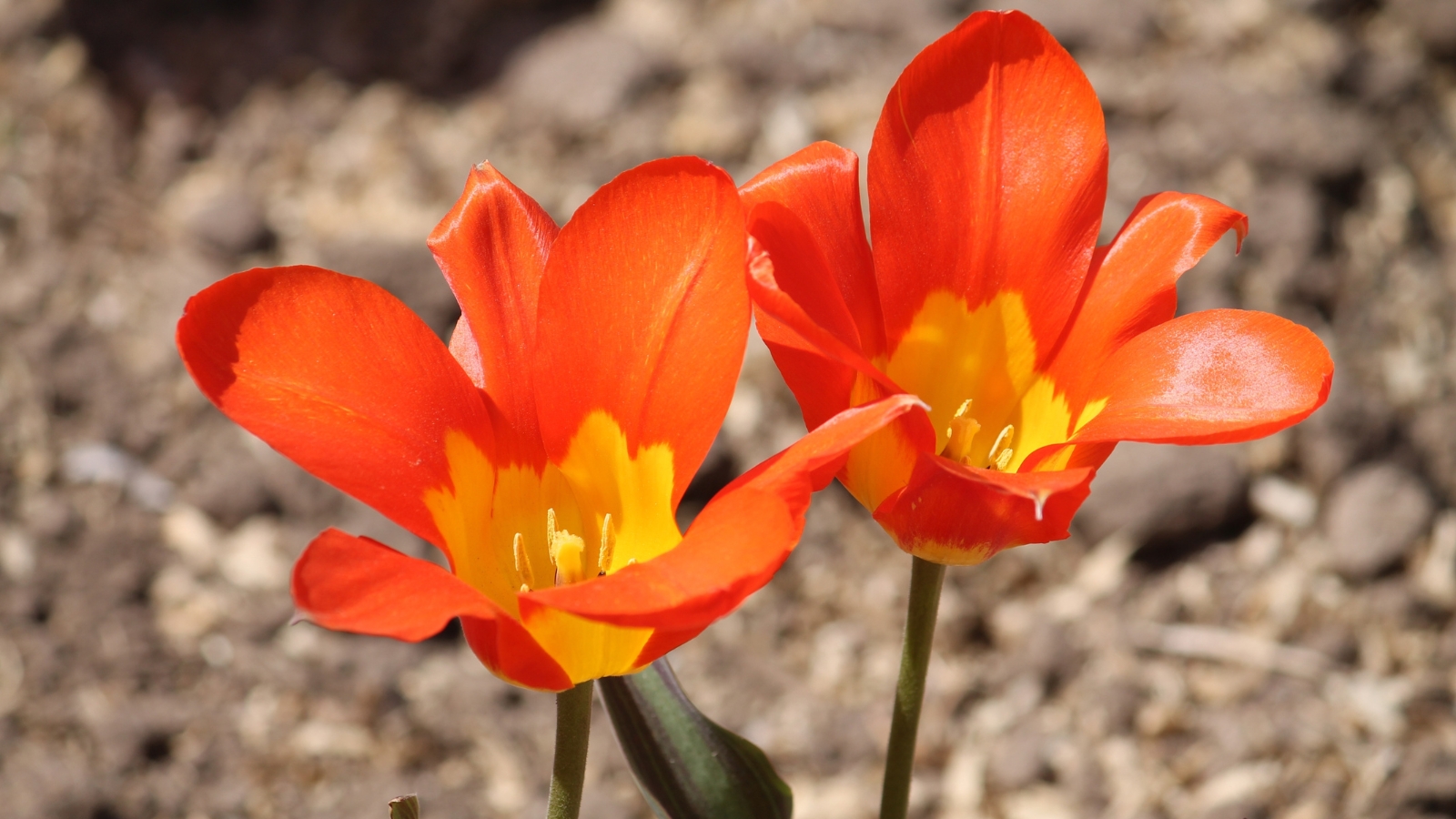

Fosterianas are regular in flower kind, with cup-shaped, single-petal blooms. What isn’t regular is the scale of these blooms. Their defining attribute is the outsized flowers that, when open, can attain diameters between 5 and ten inches all via. That’s considerably higher than the widespread, which falls contained in the vary of two to some inches.
The most common colours for this species are heat shades. They embrace pink, crimson, orange, cream, and yellow, with some bi-colored and a few solid-colored varieties. They’re quite a few the earliest blooming tulips and are uncommonly giant.
Their excessive, which is taller than most, makes them additional spectacular nonetheless. They will stand excessive above most spring bulbs, that are unbelievable for layering. Their extended stems and large blooms make them excellent for the reducing yard.
Native Home


Tulips are native to elements of Asia, the Close to and Coronary heart East, and the Mediterranean house. Fosteriana comes from a wild tulip present in Central Asia. Plenty of the varieties we have got now in the marketplace are hybrids of this wild species.
It is doable you may be shocked by the cruel circumstances these crops are accustomed to. They’re primarily native to mountainous areas. They’re tailored to chilly winters, well-draining soil, and a big quantity of picture voltaic. Tulips typically develop in areas the place little else does. No matter their delicate look, they’re significantly hardy.
Planting
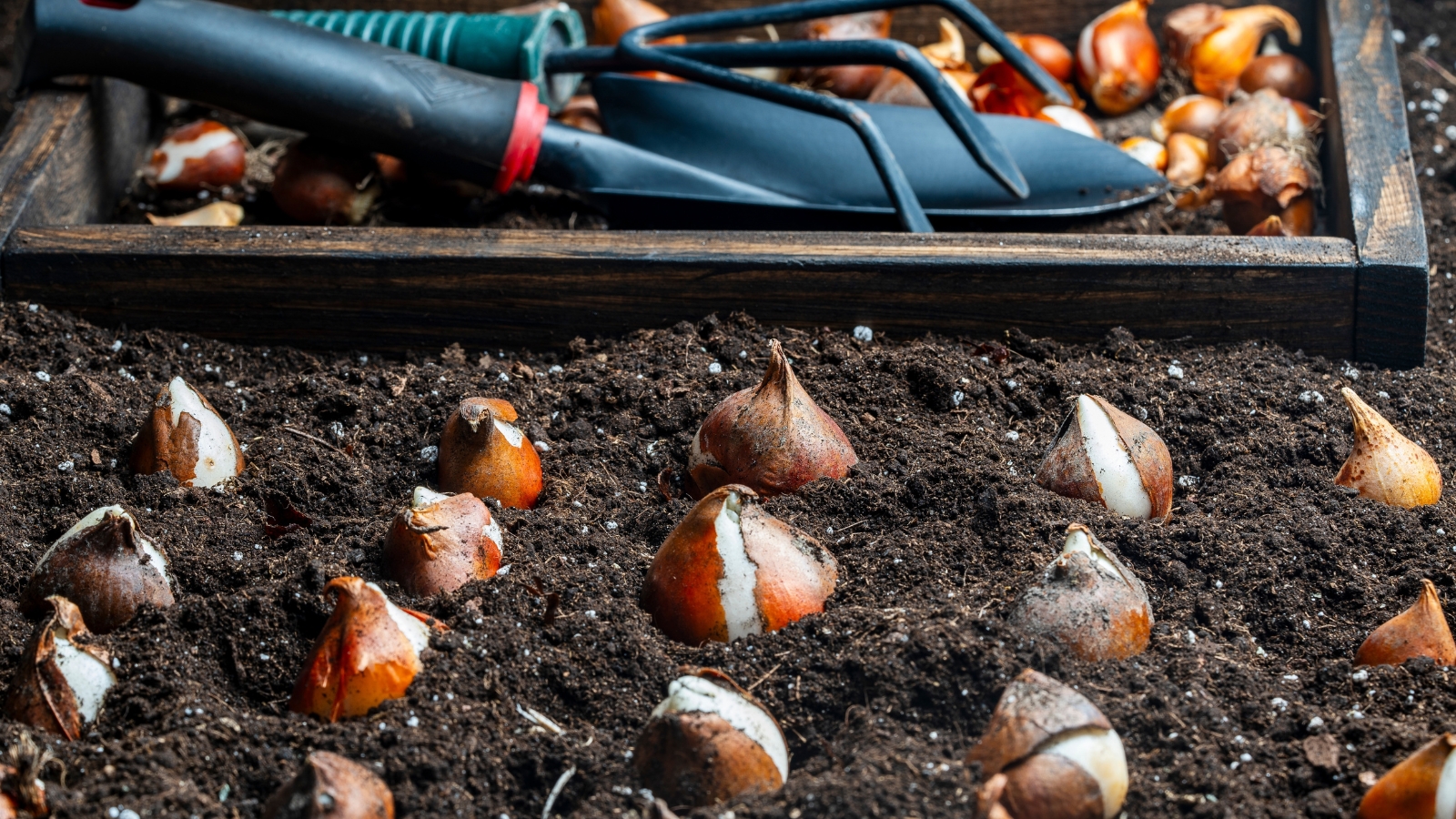

You will develop tulips from seeds, nonetheless it actually takes a very very very long time. In case you happen to plant them from seeds, you might not see flowers for as many as seven years. Bulbs are usually the easiest way throughout which to go, as they are going to bloom of their first yr.
The greatest time to plant tulip bulbs is inside the autumn. They want a interval of chilly temperatures, they usually gained’t get ample of what they want inside the event you plant them contained in the spring. Relying in your house, September or October are usually good months to plant your bulbs.
Planting before your first frost date is greatest. This provides them the likelihood to set down some roots before their winter dormancy. Select a sunny location with soil that has great drainage. Moist soil will rot your bulbs and end in a poor displaying in spring.
Dig holes about 5 inches deep to your bulbs, and plant them with the flat finish down. They sprout leaves from the pointed finish. Backfill the holes and canopy them with a thick layer of mulch. Water them each few days till the underside freezes. They gained’t want water all via dormancy.
Methods to Develop


With the proper care and inside the appropriate setting, tulips mustn’t troublesome to develop. Nonetheless, they are going to act like annuals in hotter areas, so that you just should cold-stratify them. Place your bulbs in your fridge for about three to 4 months and plant them in late winter in Zones September 11.
It’s possible you’ll too cold-stratify earlier contained in the yr in these areas after which plant in late fall for late winter and early spring flowers. Except for that, inside the event you give them what they want by way of soil, water, picture voltaic, and fertilizer, you must have beautiful flowers contained in the spring!
Delicate
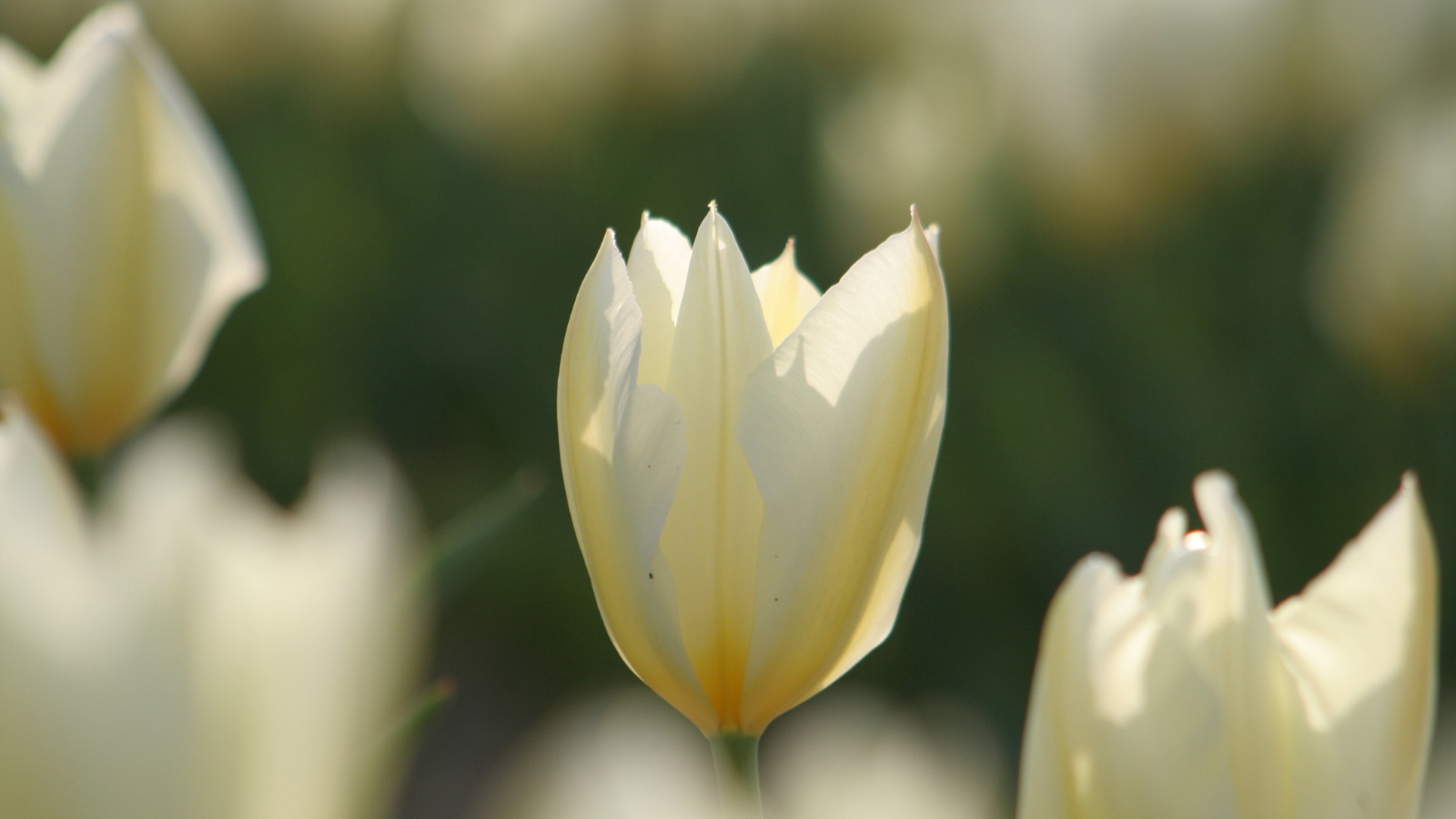

For the largest, most sturdy flowers, you must select a spot contained in the yard that receives in any case six hours of picture voltaic. With too little publicity, their stems may develop to be leggy and flop over, and the blooms could also be subpar.
The hotter your native local weather, the extra compulsory your sun-shade stability could also be. Since they aren’t indicated for Zones September 11, it might probably seemingly be extra sturdy to develop them there. Nonetheless, inside the event you plant them early ample and provides them afternoon shade, you might be additional worthwhile.
In cool climates, guarantee they get as slightly so much mild as you might give them. Morning picture voltaic is good in any setting due to it’s cooler, and Fosteriana tulips are cool-weather crops.
Water
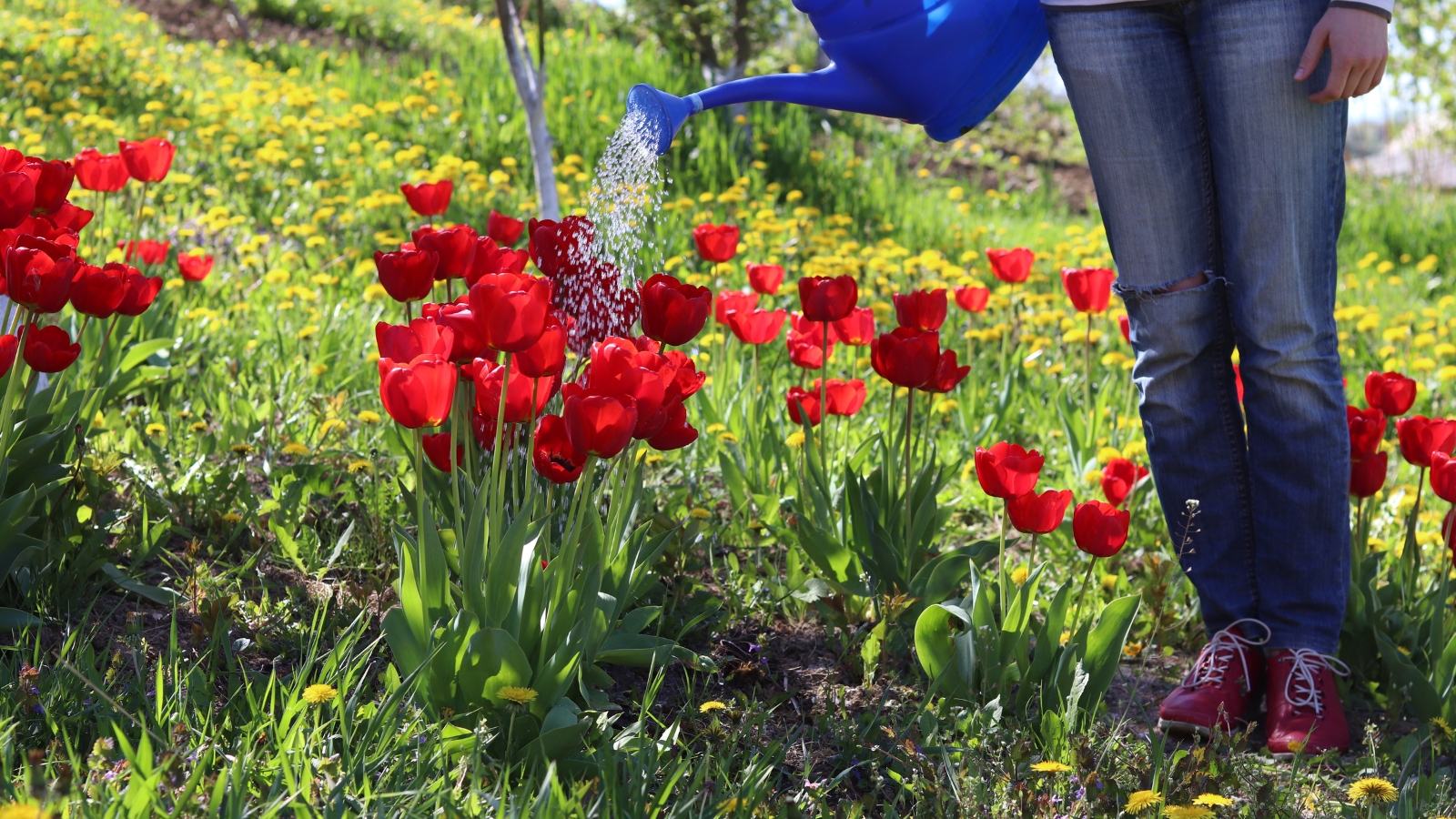

A extremely extremely efficient time to concentrate to watering is inside the autumn. Appropriate after planting, you wish to water each two to some days. This might assist the bulbs to develop roots which makes them stronger when it comes time to sprout. Preserve the soil moist nonetheless not moist or muddy, as it might probably rot the bulbs.
The exception to this fall watering is inside the event you get quite a few rain that point of yr. So long as the soil stays evenly moist, don’t hassle with watering. When the underside freezes your bulbs will go dormant, and you’ll cease watering.
Contained in the spring, follow an an an identical plan. Spring tends to have additional rainfall than fall, so don’t water slightly so much if that is so. So long as the soil is moist, your tulips could also be joyful. As shortly as established, tulips don’t want a considerable amount of water so long as the temperature stays cool.
Soil
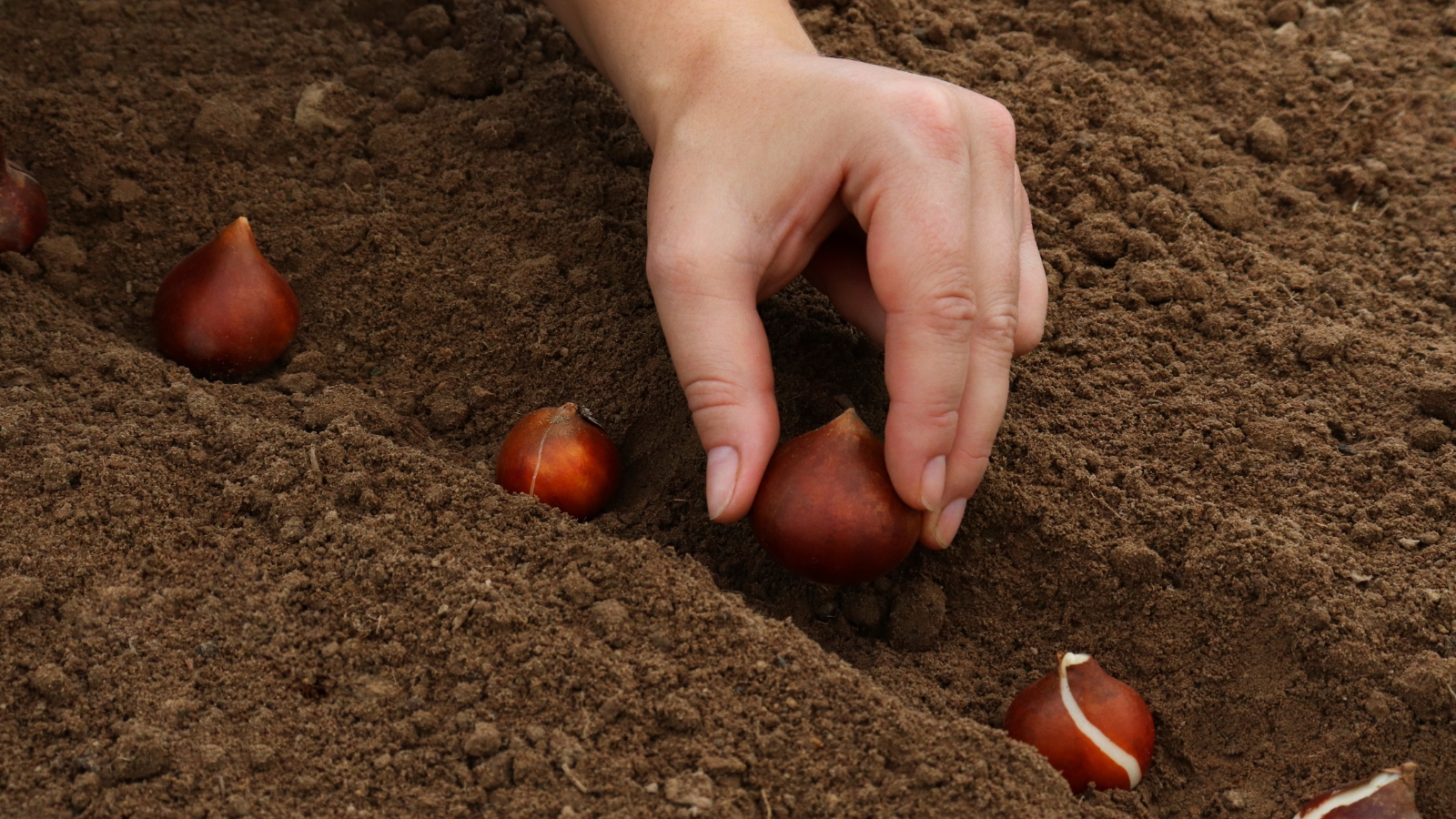

Most significantly, Fosteriana tulips want unfastened, well-draining soil. My house has heavy, clay soil, so it’s simpler to plant tulips in raised beds. Since I’m in Zone 9, this furthermore means they get the utmost chilly publicity. It’s possible you’ll too amend your soil in case you’ve got this drawback.
Along with pure matter like compost or peat moss and dealing it in will loosen the soil. It should furthermore barely decrease the pH, and tulips like barely acidic soil, in order that’s a bonus.
Temperature and Humidity


I discussed tulip’s want for chilly to bloom optimally. Your bulbs must be high-quality inside the event you get ten weeks contained in the 30s or beneath (~0°C). In another case, you’ll should cold-stratify them artificially. Zone 8 could also be questionable in case you’ve got a mid-winter. In Zone 8, I might put them contained in the fridge for a month before planting merely to confirm.
When temperatures rise into the 50s for just a few days (~10°C), your tulips will begin to pop up. Fosterianas are early bloomers, so rely upon to see flowers begin inside the primary months of spring.
Fertilizing
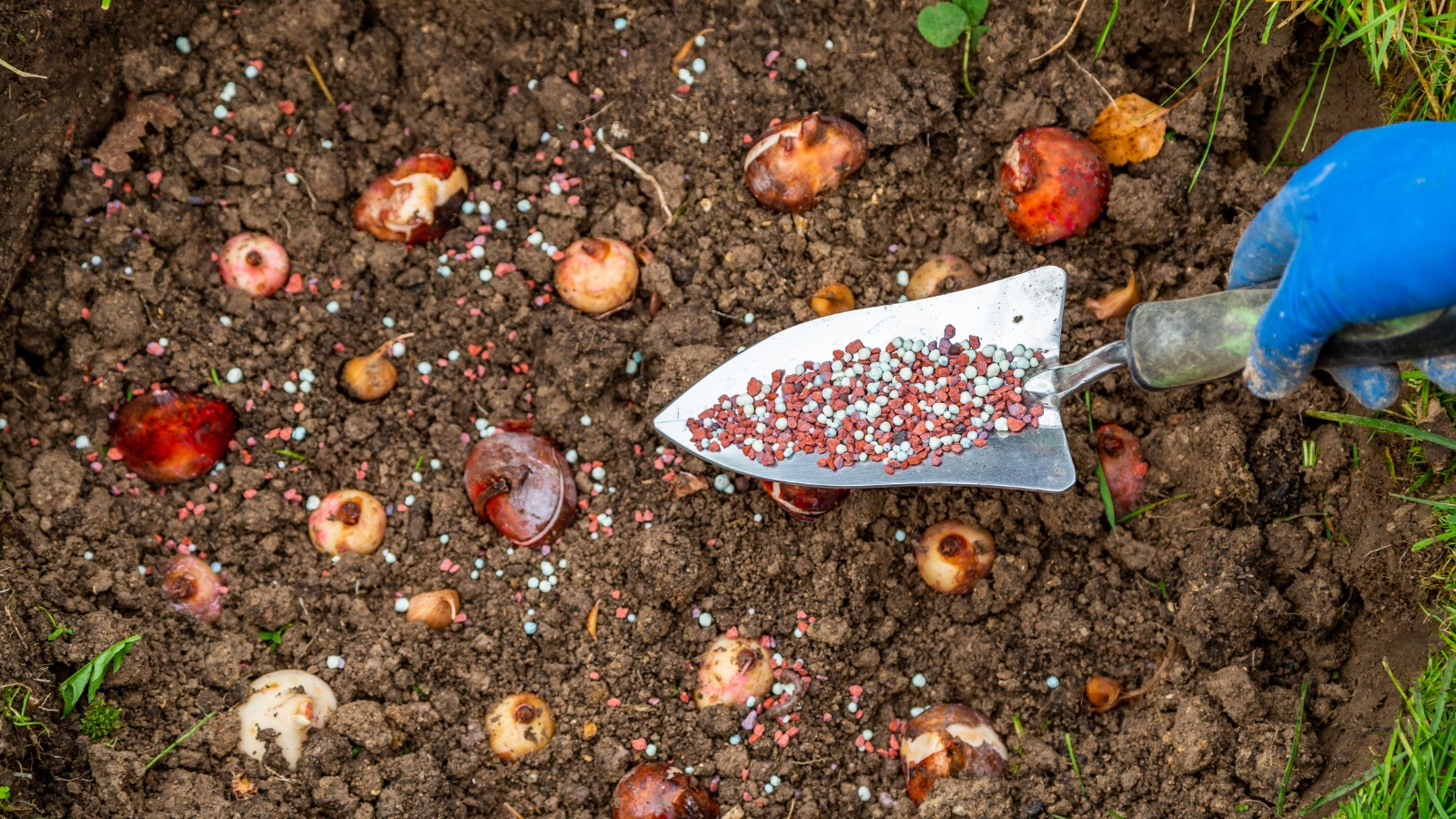

Fosteriana tulips fall into the mid-range just about their nutrient wants. You don’t should put fertilizer contained in the holes the place you plant them. Nonetheless, you must top-dress the soil with compost.
Fertilize as quickly as additional contained in the spring as shortly as they sprout, this time by prime dressing. Use a balanced fertilizer to encourage each inexperienced enchancment and flower enchancment. A 10-10-10 system is good for tulips contained in the spring.
Upkeep


In case you plant your bulbs inside the autumn after top-dressing with compost or fertilizer, cowl the soil with mulch. Mulch improves drainage and helps regulate the moisture and temperature of the soil.
After they bloom, the bulbs pull dietary nutritional vitamins from the plant as soon as extra into the roots. This step is essential due to they retailer that power for the following yr. After they bloom, deadhead the flowers, lower your full flower stem off, and depart the leaves. This redirects power from supporting the flower, as soon as extra down into the bulb.
After the foliage turns brown, lower all of it the easiest way throughout which as soon as extra to the soil. Cowl them with mulch and allow them to leisure up for subsequent yr. You will strive digging them up and storing them in hotter climates for subsequent yr. This doesn’t regularly have the proper success value, nonetheless it actually’s doable.
Propagation
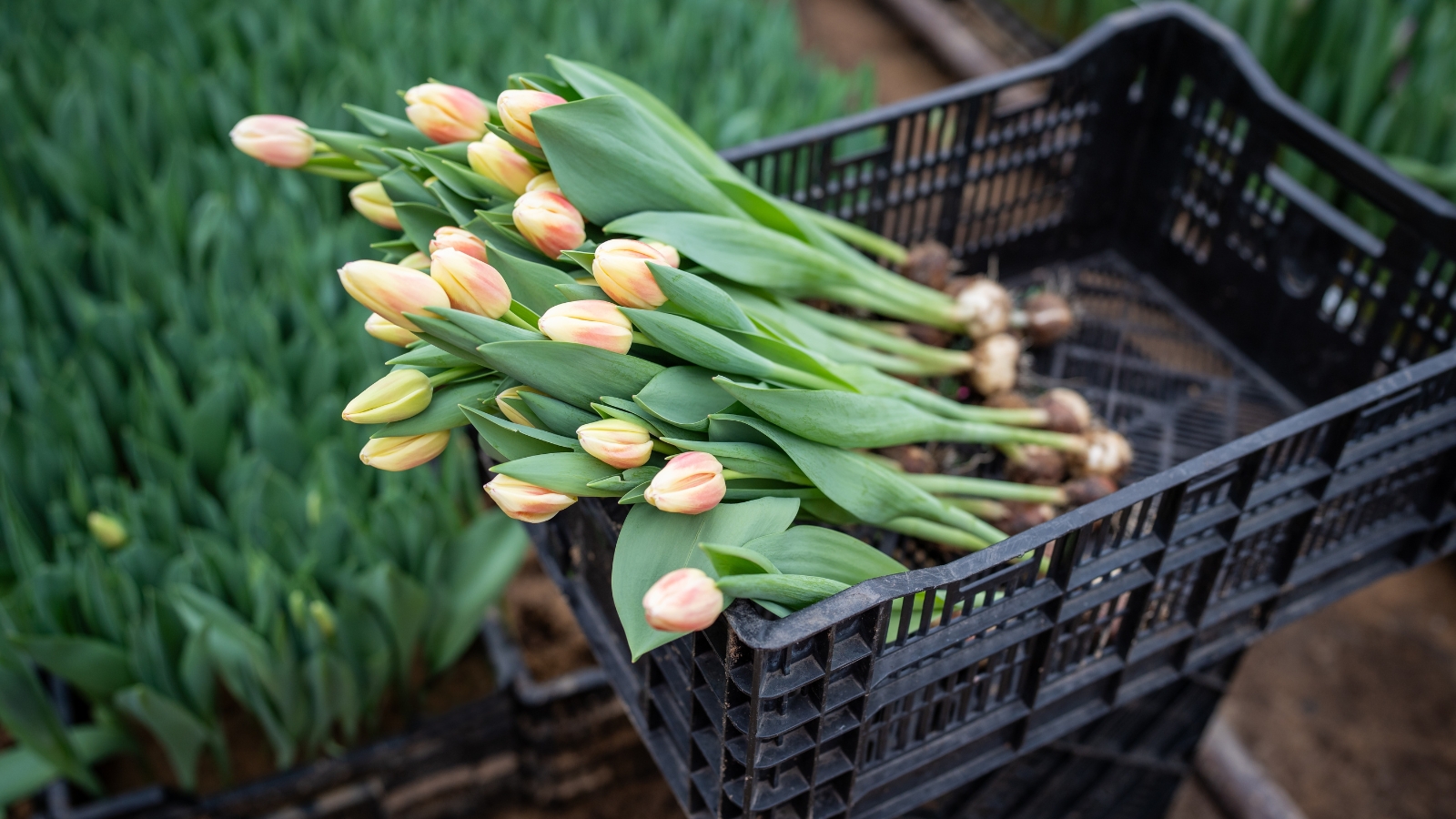

Most Fosteriana tulip propagation occurs by division significantly than by seeds. Planting from seed is pretty additional time-consuming, and hybrids usually don’t breed true from seed. Seeds furthermore take roughly 7 years to supply a plant that blooms.
Division


Tulips produce offsets, and you’ll separate these and develop additional crops from them. You’ll should skinny out your crops each three to 4 years. Unearth the bulbs on the top of summer season season or the start of fall. That is when they are going to have saved up all their power, and offsets could also be sturdy.
Gently take away the offsets from the mum or dad bulbs. Retailer them in a cool, darkish, dry room till temperatures drop constantly beneath the 50s and plant them. It might take just a few years for them to retailer up ample power to bloom, nonetheless it actually gained’t take so long as these planted from seeds.
Widespread Varieties


The Emporer assortment of Fosteriana tulips is the hottest and broadly grown. There are one different actually stunning varieties as accurately, although. It is a mixture of the 2!
‘Distinctive Emporer’
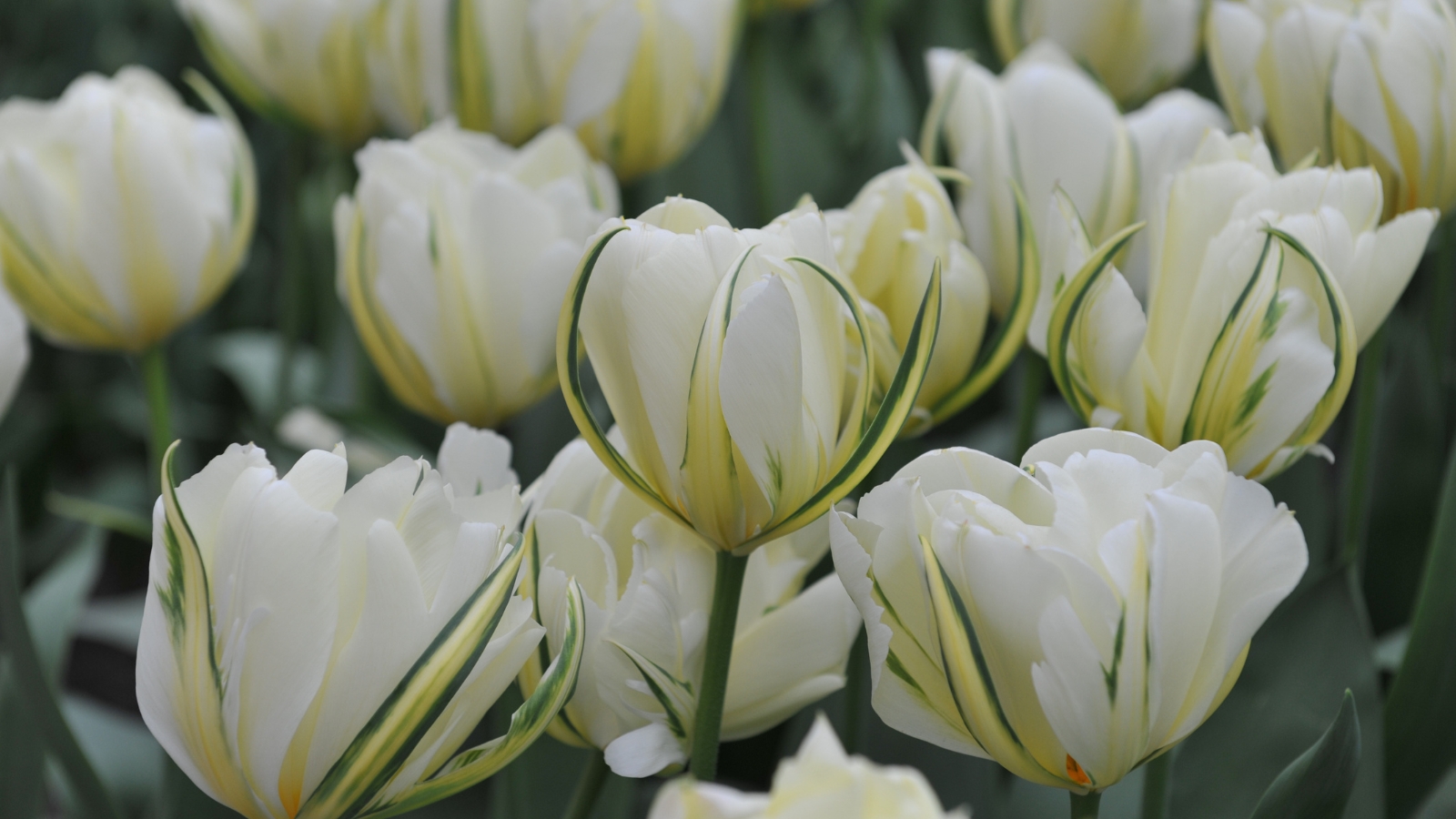

‘Distinctive Emporer’ resembles a peony tulip due to it’s double-petaled. Nonetheless, it’s a Fosteriana and an Emporer. The big, beautiful cream double blooms have a golden and inexperienced flame from the underside. They’re someplace between white and yellow and look stunning as a mass planting or blended with a brighter coloration.
‘Purple Emporer’
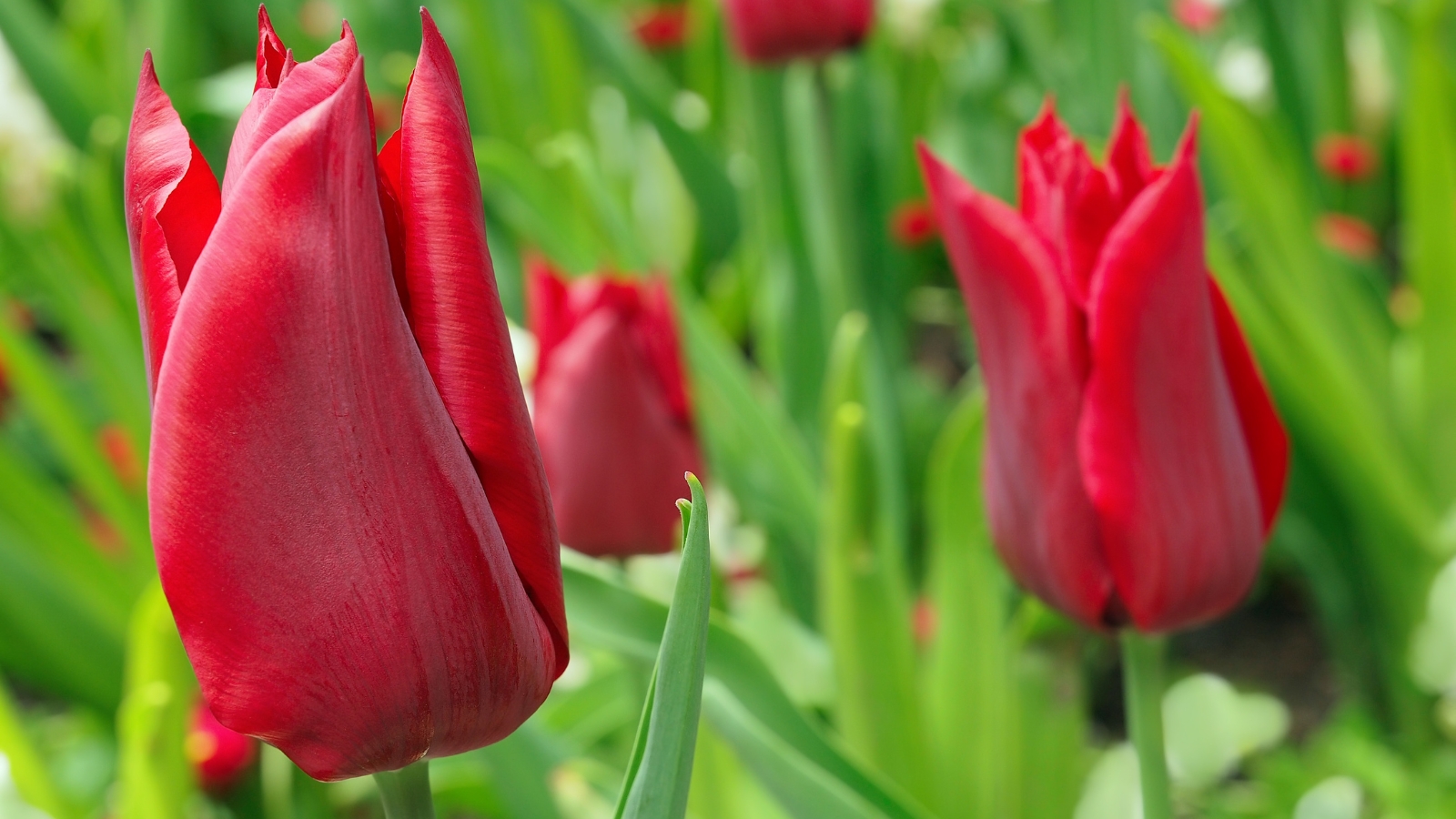

One totally different Emporer Fosteriana, ‘Purple Emporer,’ is placing with wealthy, daring, tall crimson blooms. Its sturdy stems make it an impressive lower flower. When it opens, there’s a black coronary coronary coronary heart. Petals open flat on sunny days and midway on cloudy days. That is an award winner and intensely widespread.
‘Oracle’
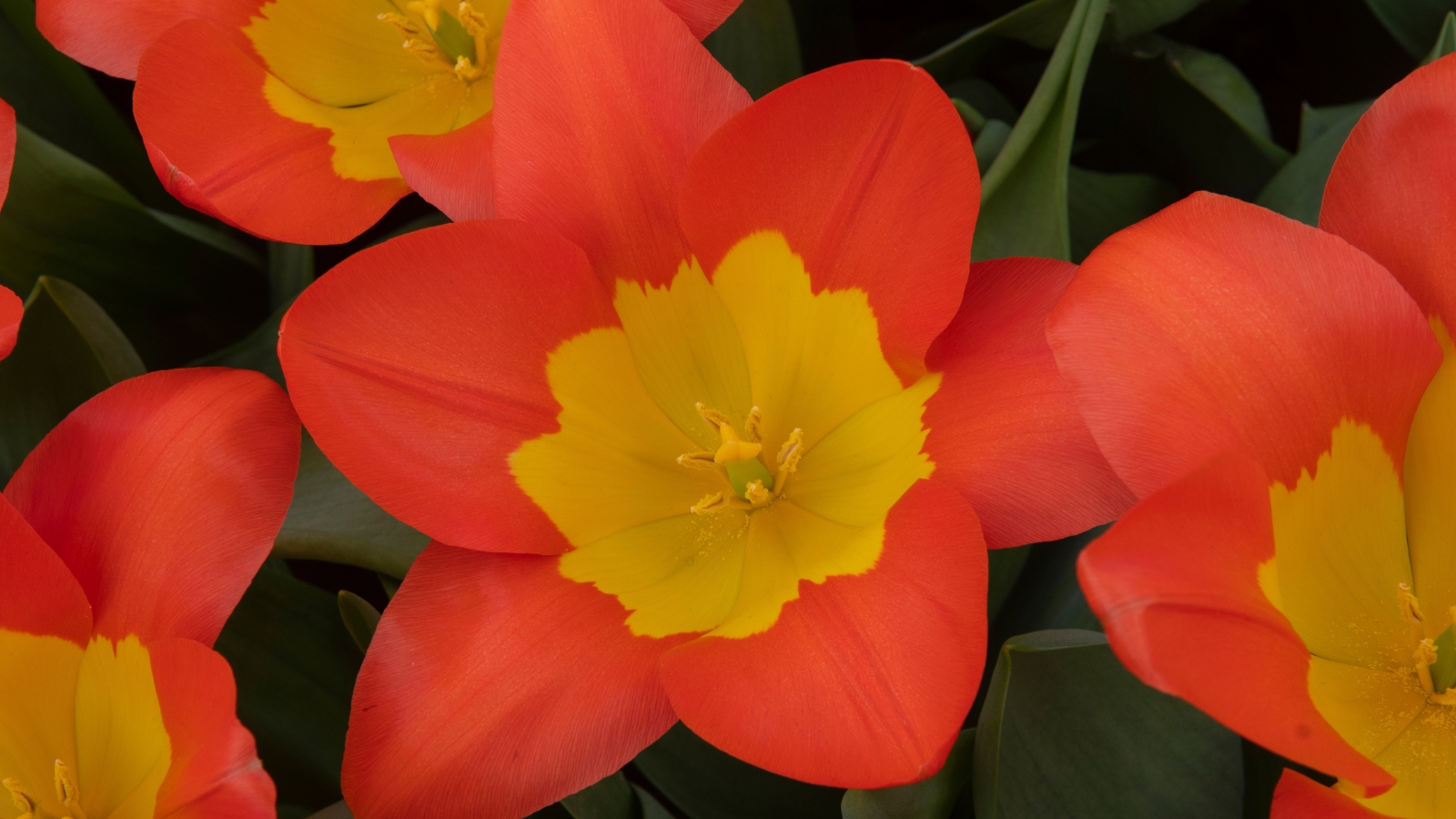

‘Oracle’ is pleasurable and splashy, making a limiteless assertion contained in the yard, notably in a mass planting. The tall flowers are glowing gold on the underside and flaming crimson on the ends. The ground of the petals reveals an ombre affect, whereas inside, the 2 colours are separate. It’s a whole showstopper.
‘Yellow Purissima’
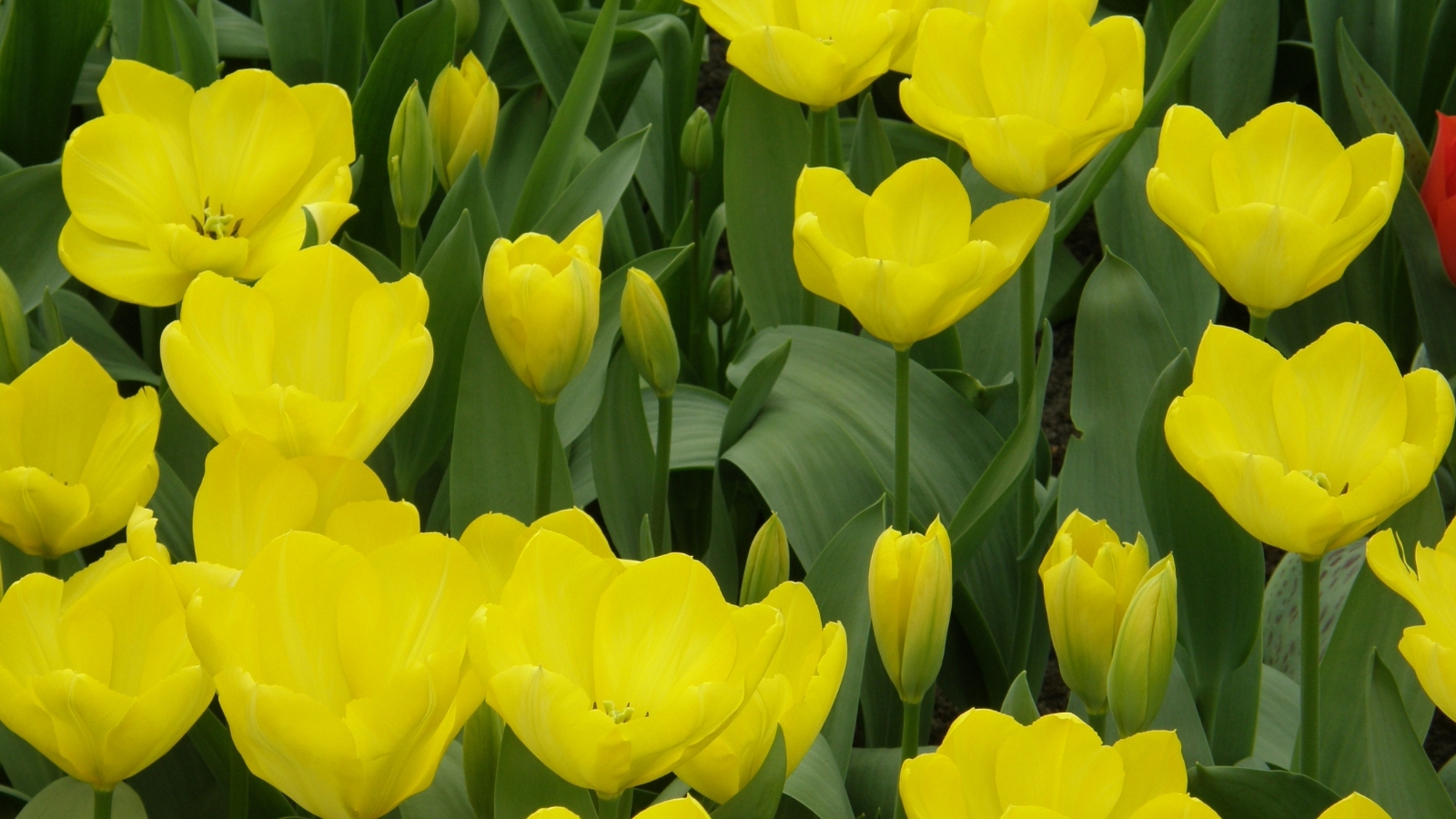

Sunshine in a flower, ‘Purissima Yellow,’ is a winner of the Royal Horticultural Society’s Award of Yard Revenue. The entire bloom, from the underside to the principles and every half in between, is golden yellow. It has a robust stem, making it sturdy on windy days, and a terrific lower flower.
Frequent Factors


Tulips aren’t notably weak to pests or sicknesses, nonetheless there are a handful of factors to look out for. In case you happen to can arrange them early, your crops have a bigger chance of being saved.
Pests
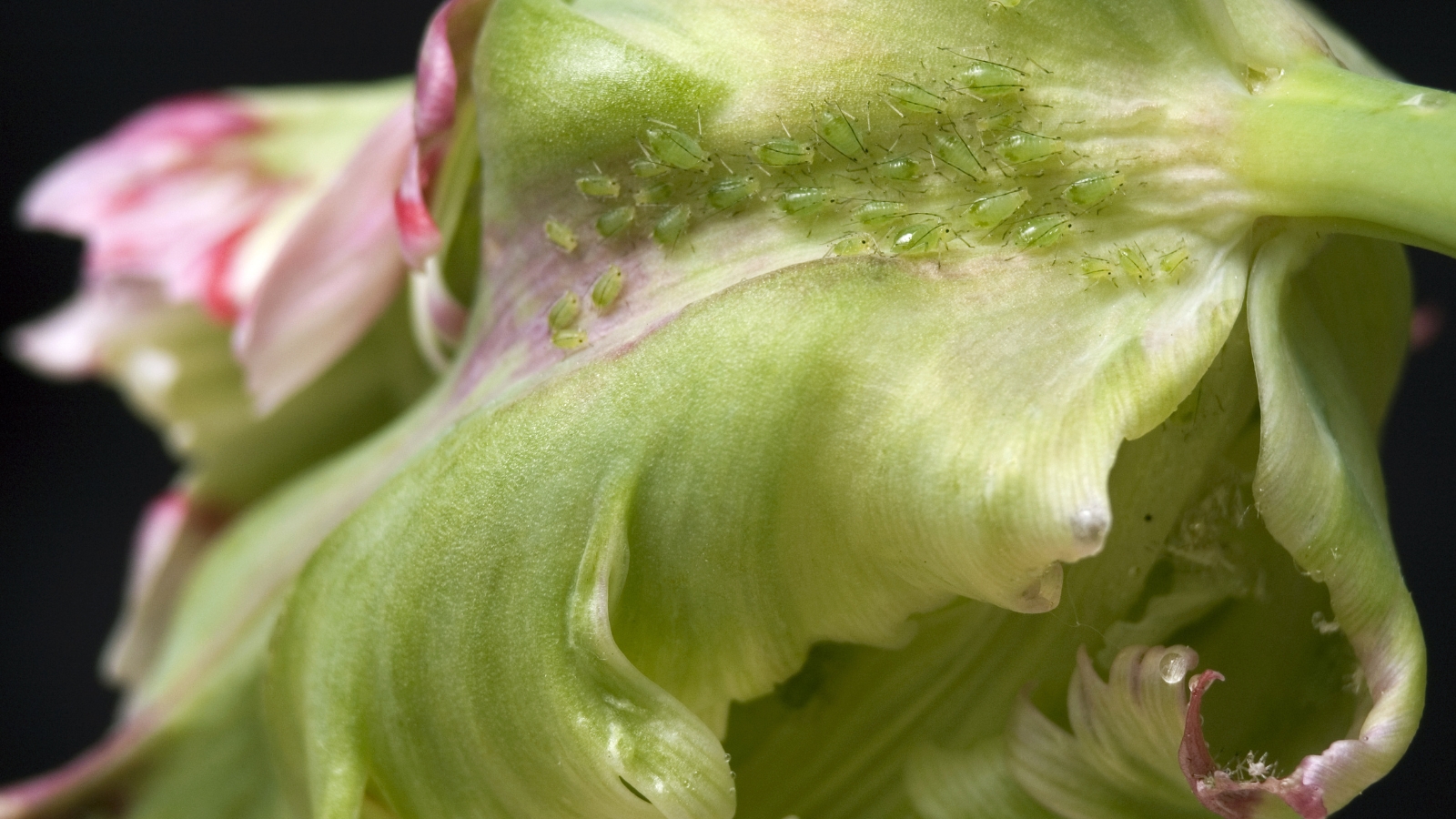

Preserve a watch mounted out for aphids, as these guys appear to simply pop up in every single place. Tulips will not be their first totally different, nonetheless they gained’t flip them down. They depart behind a sticky candy excrement the place black sooty mould can develop, which gained’t look excellent.
Neem oil or horticultural oil work accurately to take away aphids. Watch out to not spray when the flowers are open as these can harm pollinators as accurately. A sturdy spray of water can knock populations down, nonetheless watch out to not knock over your tulips.
Slugs and snails come out at night time and eat holes in your crops. They could do a big quantity of hurt inside the event you don’t take away them. Bait and traps work accurately for avoiding these slimy pests.
Tulip bulbs are toxic to pets, nonetheless some small rodents may get pleasure from digging them as so much as get a additional in-depth look. Mulching over them will assist preserve these away.
Mites, each bulb and spider, may be an obstacle. To avoid bulb mites, avoid overwatering. Buy your bulbs from present to verify they make it to you in good state of affairs and uninfected. Spider mites like dry circumstances. Water appropriately and as well as you’ll stave off each of those pests.
Diseases
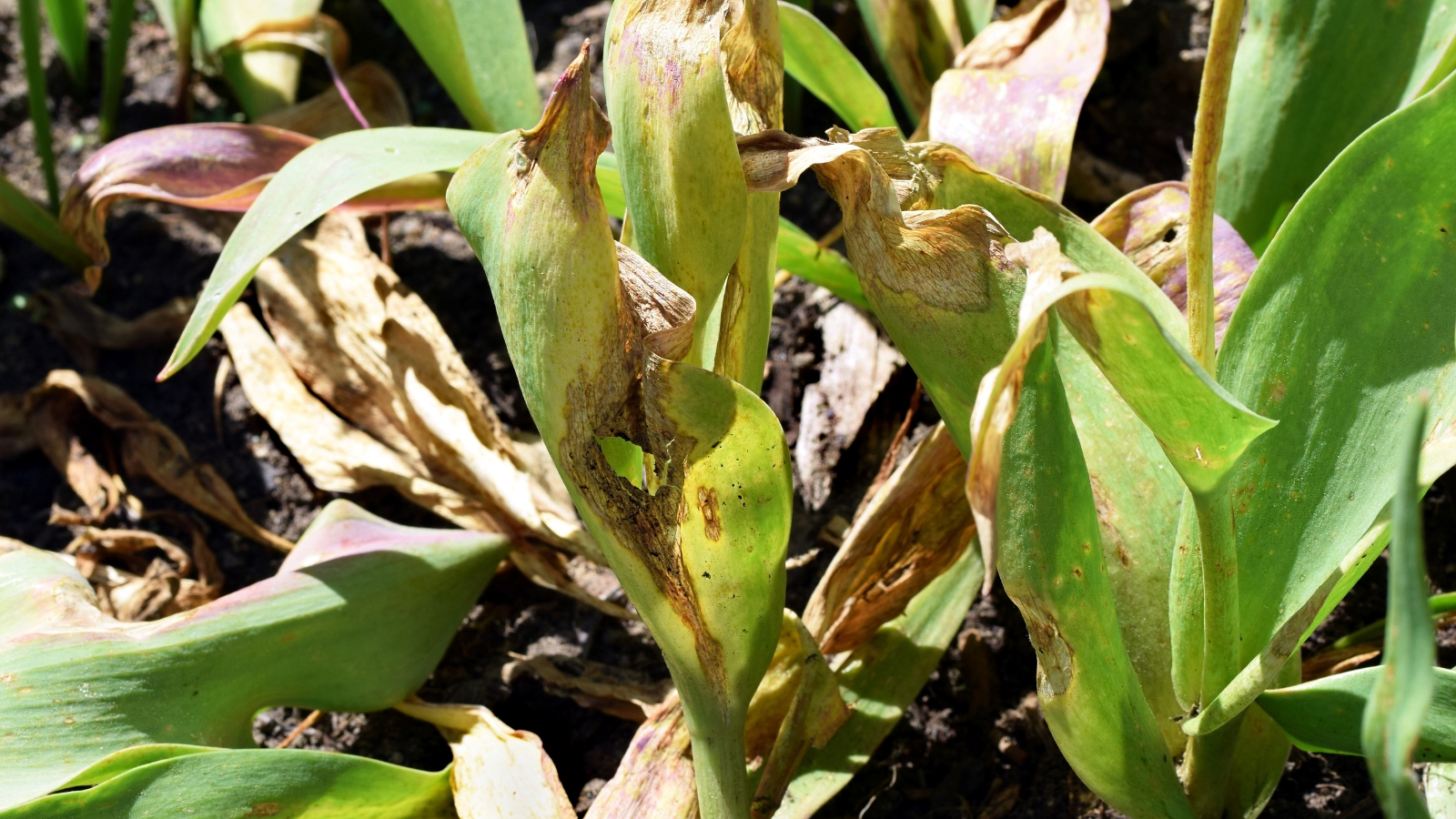

Fungal and bacterial rot are the commonest components. These can lie beneath the soil and decay your bulbs before they’ve an opportunity to sprout. In case your crops don’t sprout in spring, there’s an impressive chance they rotted over the winter.
There are two utterly totally different widespread sicknesses that influence these perennials. Tulip-breaking virus is deadly, and divulges as mottling and streaking on flowers and foliage. In case you happen to seek out this, pull them and take away them away from utterly totally different crops. Don’t compost them.
Tulip fireplace is a fungal drawback launched on by botrytis, a fungal pathogen. The foliage might need a burned look and probably mould spots. As quickly as additional, inside the event you uncover this, take away them and take away them. You don’t need it to unfold to utterly totally different flowers or your compost pile.
Repeatedly Requested Questions
Plant these in with daffodils, hyacinths, and utterly totally different shorter bulbous perennials. They stand tall and make an announcement in a mixture of flowers.
No, Tulip bulbs are very toxic to of us and pets. These aren’t good for a yard with a canine that digs.
An excessive amount of warmth is the most likely wrongdoer. Underwatering is mostly not as detrimental.
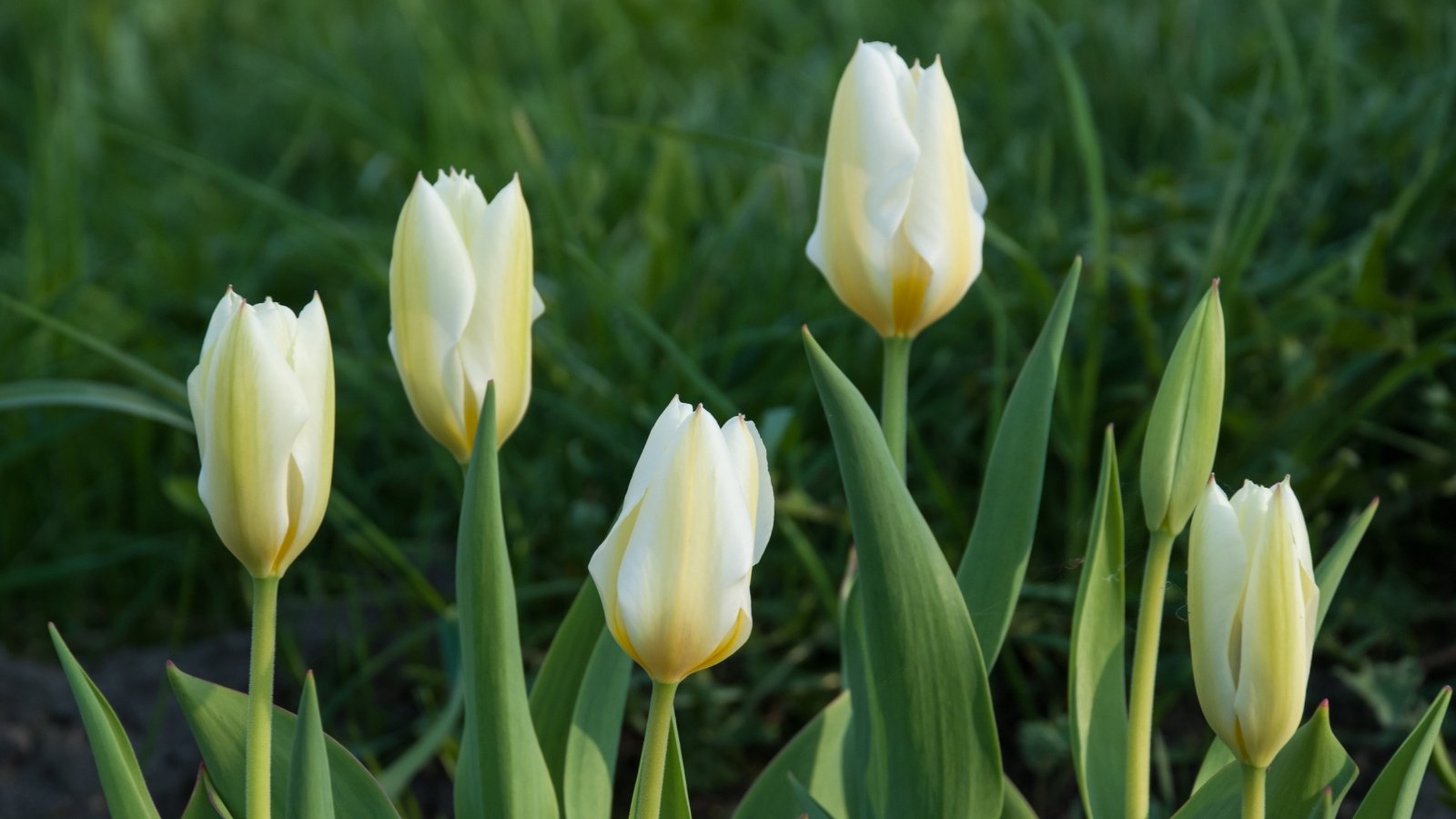

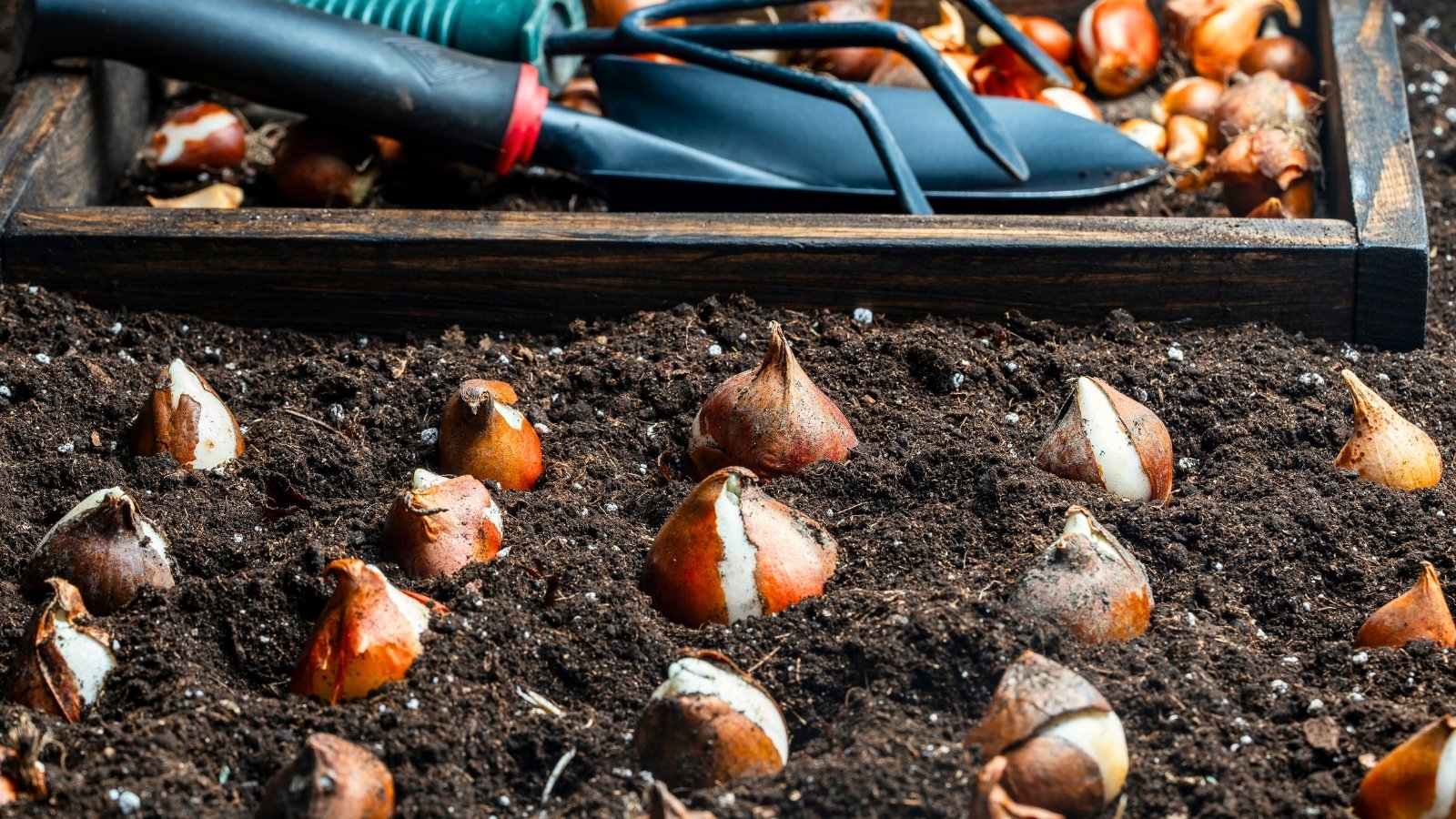

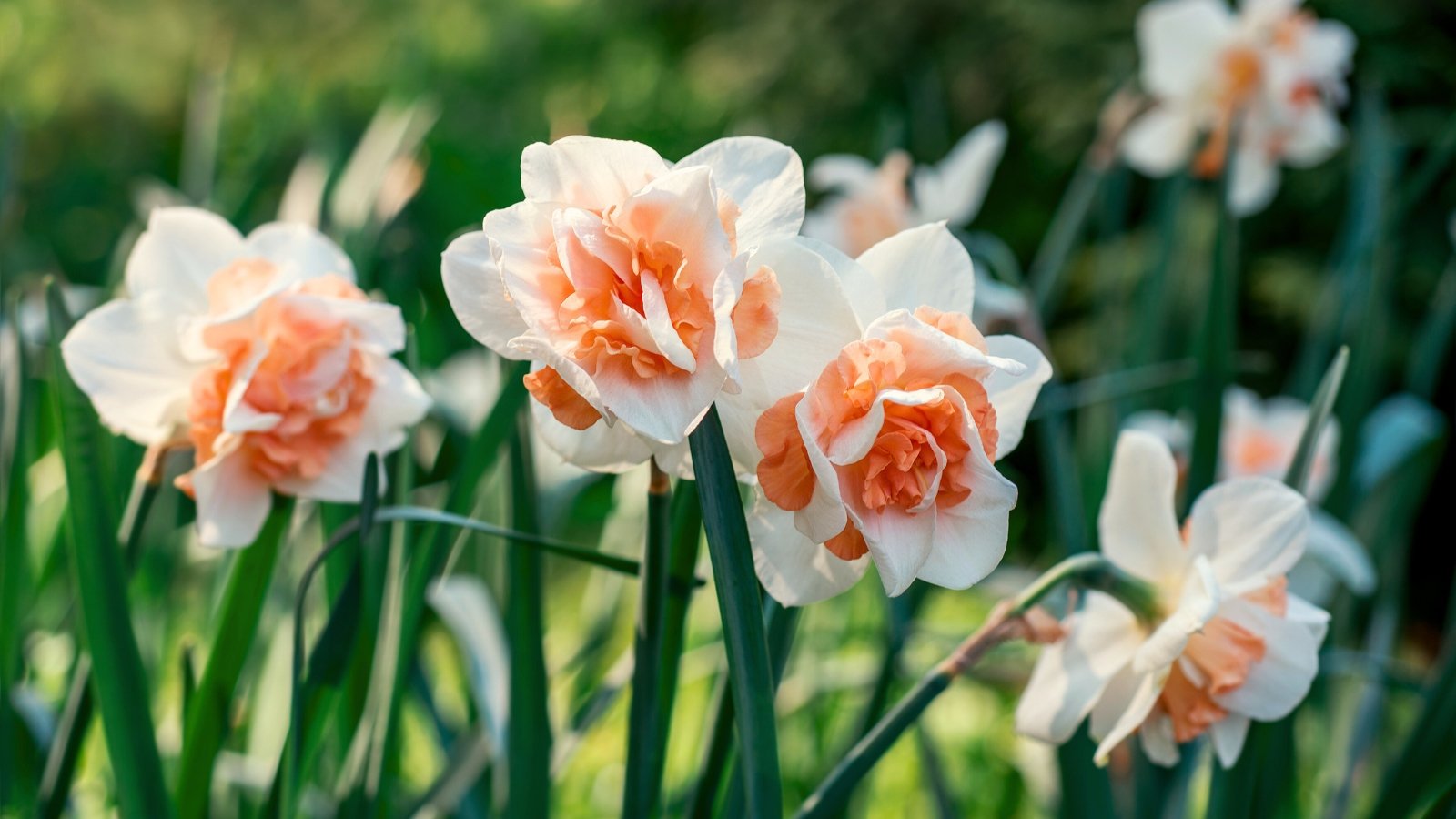
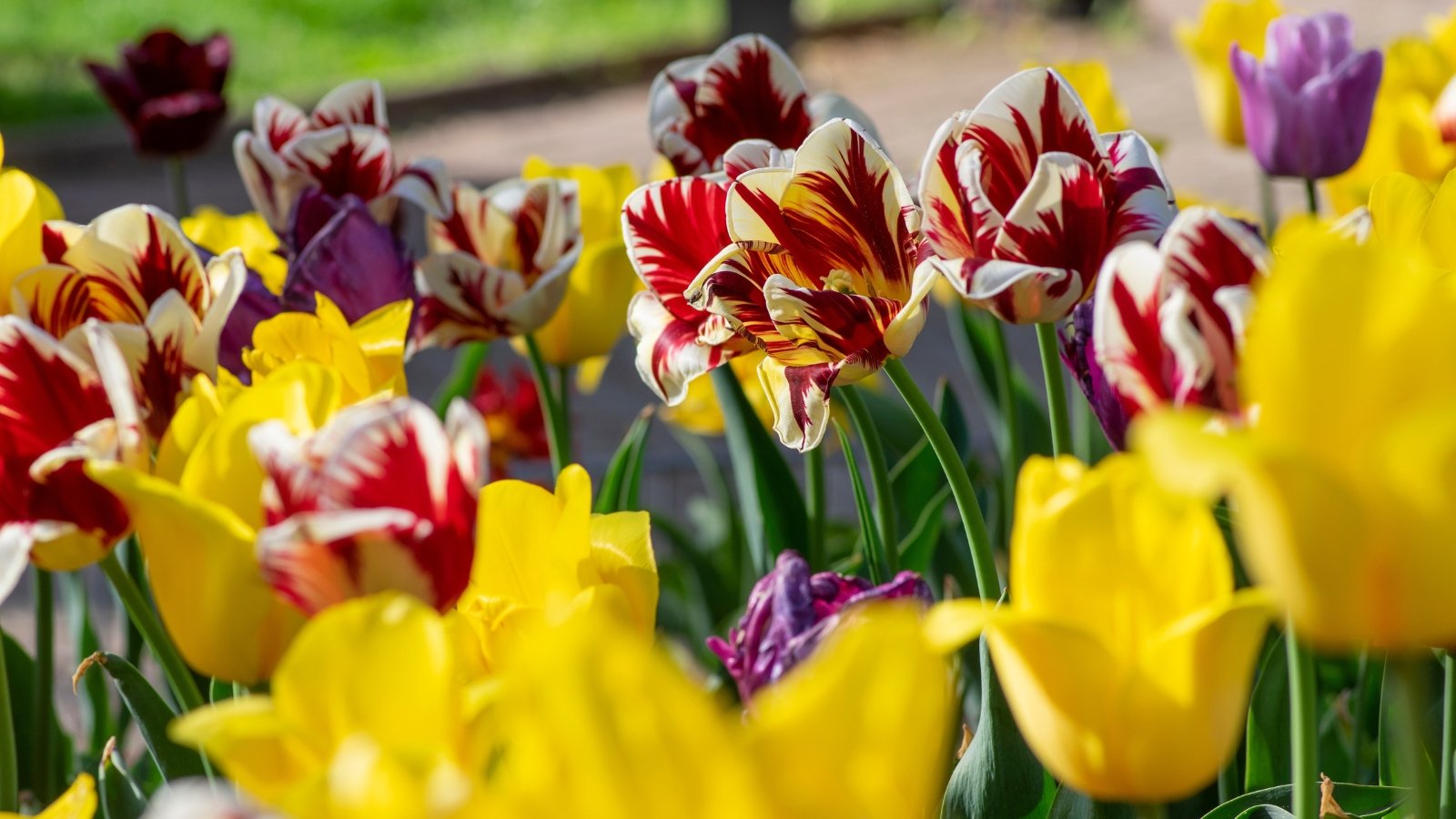
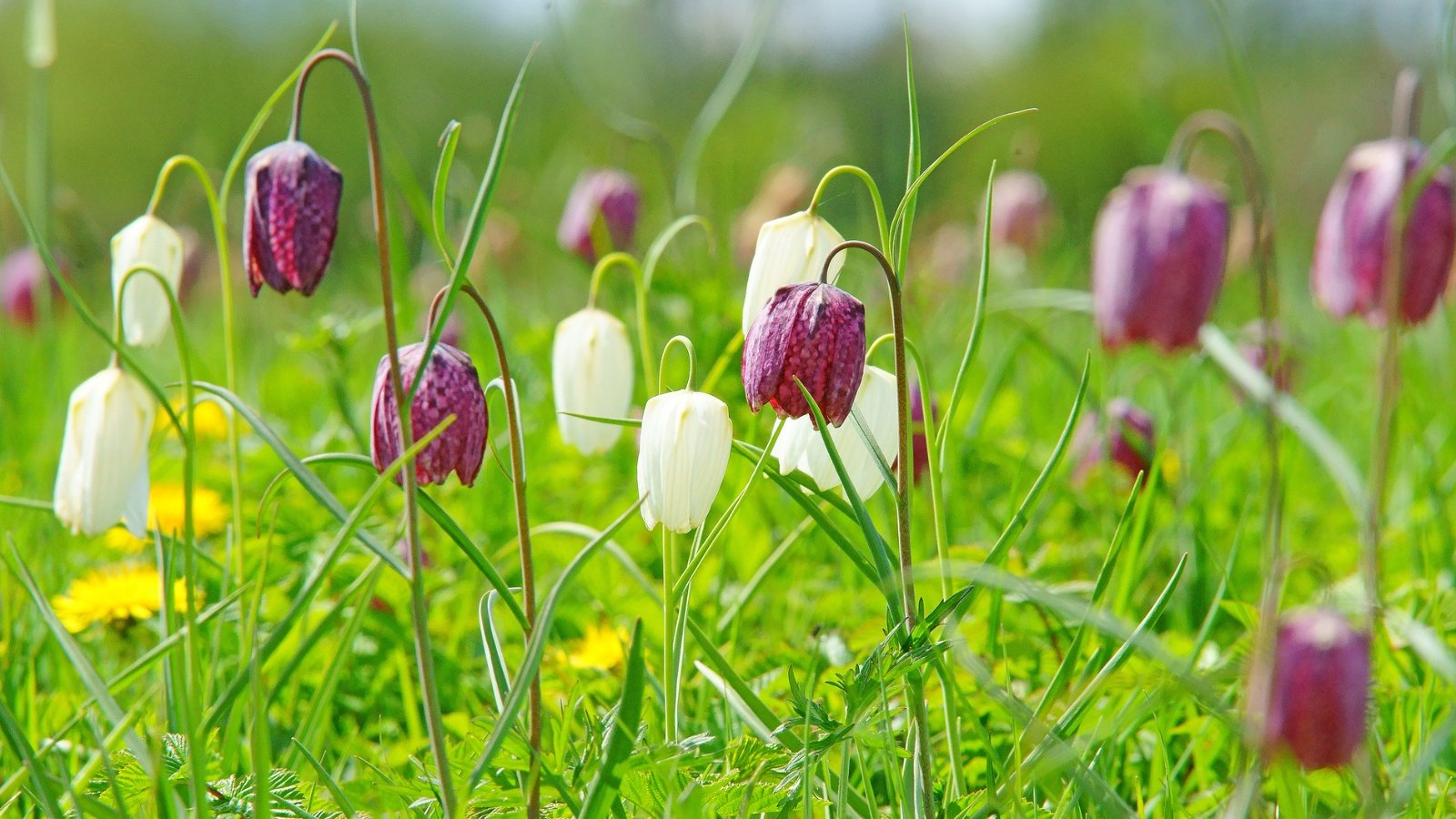

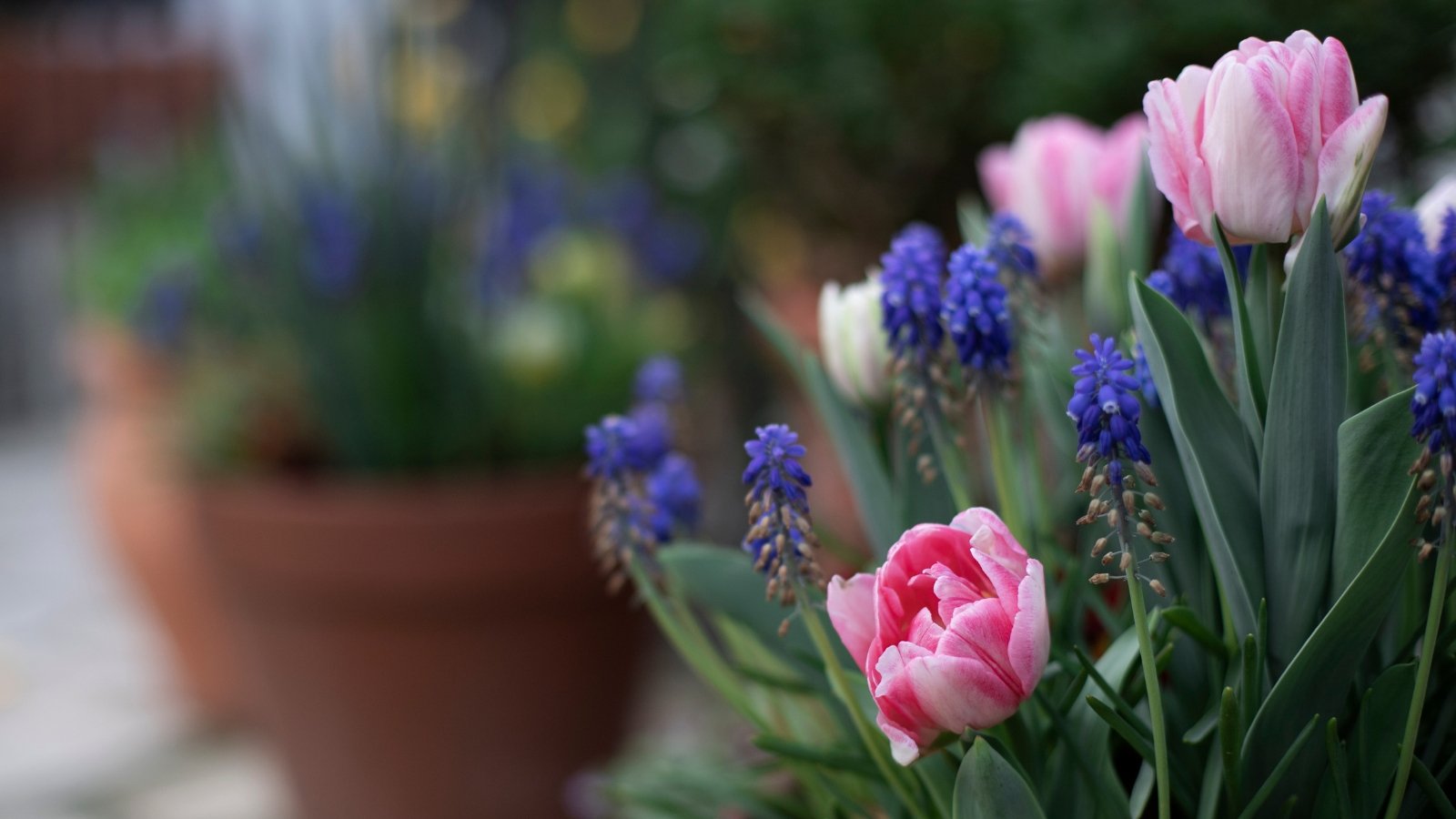

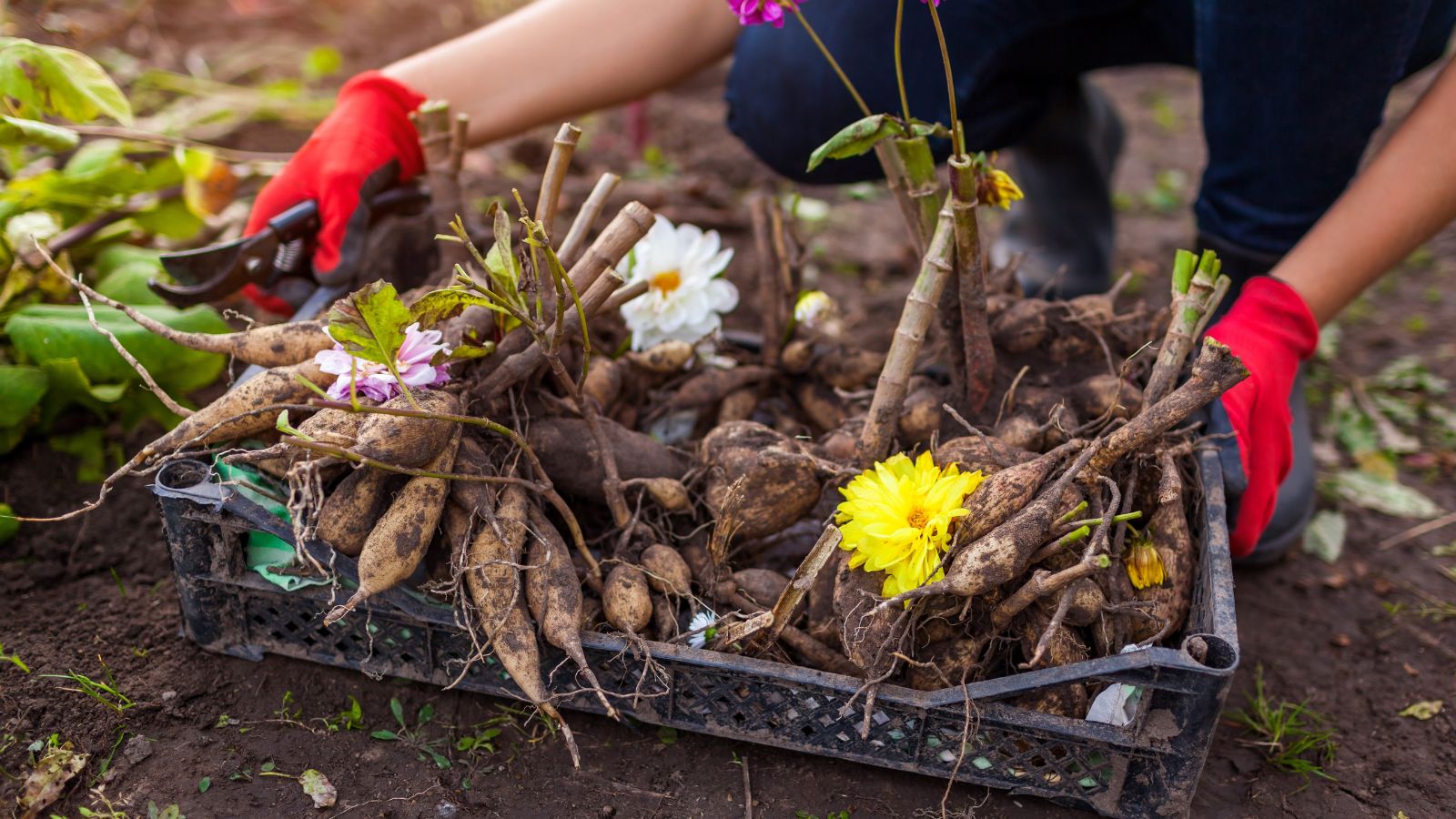

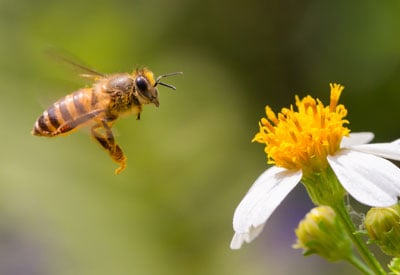
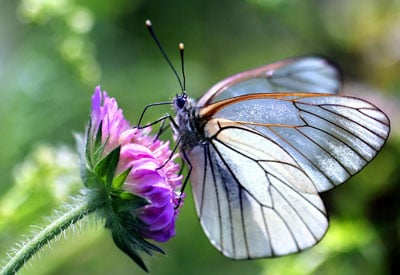
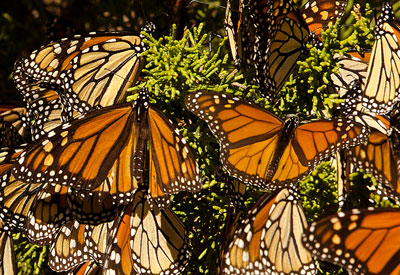
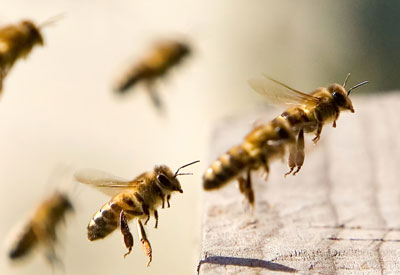
Leave a Reply